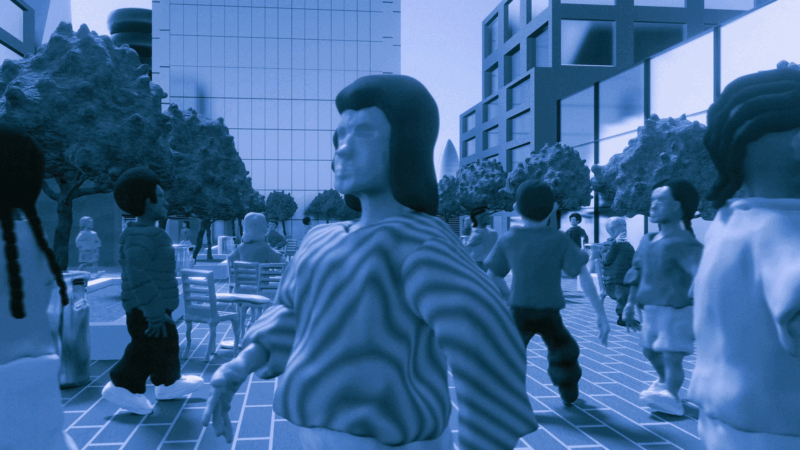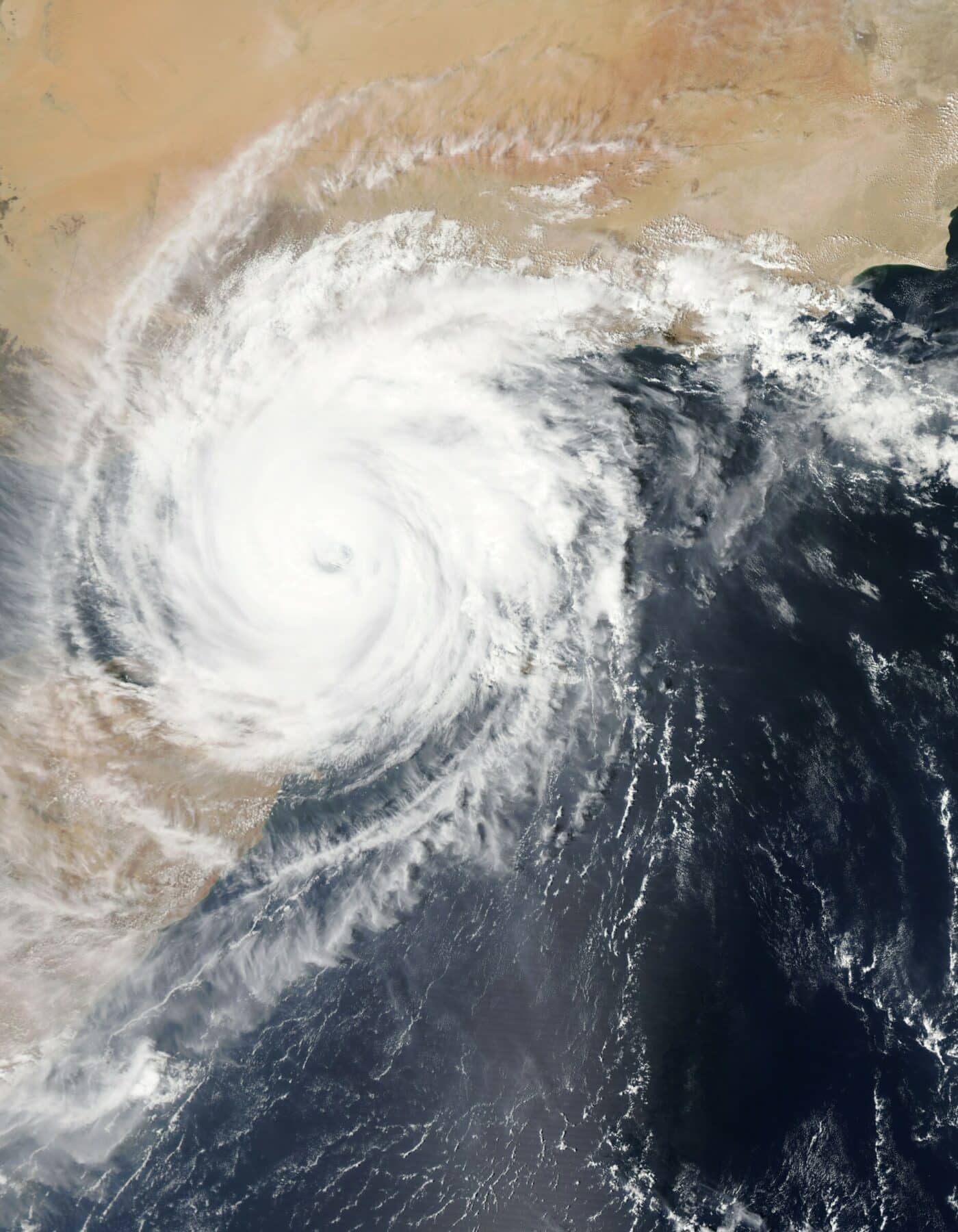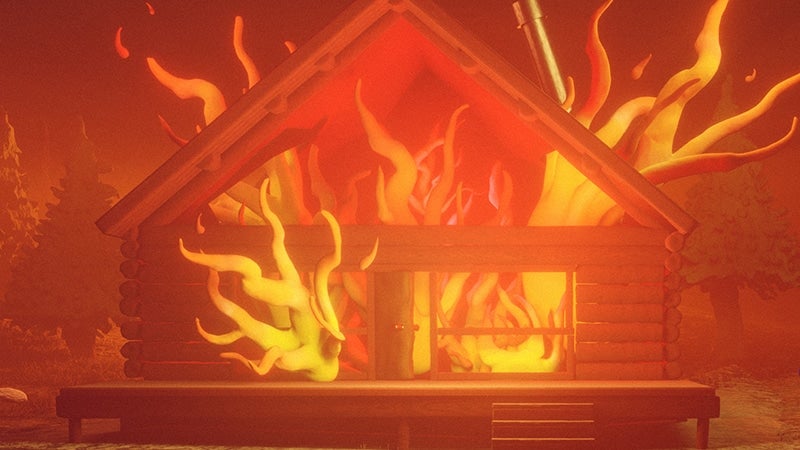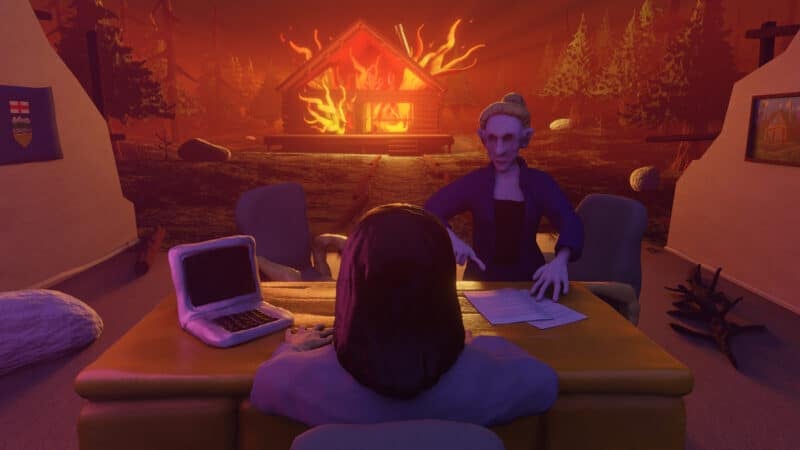I have spent my career studying how the human body adapts to environmental heat stress—and what happens when it cannot. My research, often focused on exercise and work in the heat, has examined how increased temperatures change our cells, our intestinal flora, our organ systems, and our entire physiologies. To do this research, my colleagues and I ask healthy volunteers to exercise in heat chambers and analyze their physiological responses. As with much of academia, the work has been an intellectual pursuit of knowledge: examining complex stressors in controlled laboratory conditions.
In the 40 years I’ve done this research, conditions outside the lab—in my current base in Phoenix, Arizona, and across the country—have been changing. Temperatures are increasing; these changes are incremental, but relentless and sustained. Now, the “extreme” heat and humidity conditions we previously used for studies of healthy volunteers in the cocooned safety of a lab are a part of our lived experience, sometimes for days at a time. In effect, we humans have transferred the extreme heat and humidity conditions of a controlled laboratory environment into an unfortunate and concerning free-range experiment for outdoor workers on this warming planet.
Now, the “extreme” heat and humidity conditions we previously used for studies of healthy volunteers in the cocooned safety of a lab are a part of our lived experience, sometimes for days at a time.
Harrison Cook’s “The Shade Technician,” the newest short story in the Future Tense Fiction series, confronts what this shared heat-stress experiment will look like in the future. The story imagines future cities so plagued by heat that the majority of their residents sleep during the day and work at night. This is a privilege not afforded to essential workers, including those tasked with retrofitting city infrastructure to attempt to adapt to rising temperatures. Readers learn about this world through Spencer, an outdoor worker whose job is to repair pay-to-use shade structures.
Importantly, the story alludes to the limitations of heat “resilience,” the great hope of heat adaptation that we cling to and repeat almost as a mantra. In the story, adaptation is hitting its limits: The climate is so extreme that it does not allow a net transfer of heat from people to the environment around them, which means that to function, people need protection from the heat and humidity. In such an environment, any work done, from maintaining basic body functions to exertion, results in a rise in core body temperature. Rather than some wishful idea of resilience, survival requires avoidance—avoiding the intolerable combined effects of heat and humidity.
Researchers define resilience as physiological durability or the capacity to endure physical factors. Resilience is the ability to tolerate stresses and maintain function, whether during exercise or while dealing with environmental stressors such as heat. In the case of environmental heat stress, we can dramatically improve our heat resilience through the process of heat acclimatization, which is already at play in most hot climates of the world. The process of heat acclimatization involves physiological changes: Our bodies train themselves to sweat more, begin to sweat at lower body temperatures, and expand their blood volume.
When thinking about resilience in my world of exercise science, I like to imagine a thought experiment of a person training to be a resilient swimmer by swimming laps in a pool. Through training, that person will be able to swim more efficiently and with greater strength. If they’re then put into open water, with the current beating against them, that trained resilience will allow them to endure and continue their forward progress.
Now, what would happen if our swimmer were actually swimming in a pool with a lid placed above the water’s surface? If more water is slowly added to the pool, the water level fills and displaces the air space. In this scenario, no amount of resilience through adaptation will suffice, unless the swimmer miraculously grows gills.
Does an analogous maximal thermal limit—a kind of heat lid for our planetary pool—exist for humans? There is evidence for such a limit for mammals, and we are coming surprisingly close to it. In a 2010 article in the Proceedings of the National Academy of Sciences entitled “An adaptability limit to climate change due to heat stress,” Steven Sherwood and Matthew Huber described the maximum temperature for which “exceedance for extended periods should induce hyperthermia in humans and other mammals, as dissipation of metabolic heat becomes impossible.” This temperature, they estimated, is 35°C (or 95°F) wet-bulb temperature—a measure of temperature that accounts for the cooling power of water evaporation. A wet-bulb temperature of 35°C, for example, is roughly equivalent to an air temperature of 40°C and a relative humidity of 70%, or a temperature of 42°C at 60% humidity. Since evaporative cooling is hampered by humidity, there is less cooling from evaporation under higher humidity. Humans are evaporative coolers, so wet-bulb temperatures more closely approximate the impacts of humidity, wind, and other climate factors, providing a better overall measure of heat transfer between a person and the environment than temperature alone.
Does an analogous maximal thermal limit—a kind of heat lid for our planetary pool—exist for humans?
The 35°C wet-bulb temperature limit is the lid to the pool. It is also a best-case lid, since it does not account for individual factors like age and preexisting conditions, among others. In fact, more recent studies have suggested that even for the very healthy, this 35°C wet-bulb temperature is, in fact, a very optimistic estimate.
In their original article, Sherwood and Huber note that while exceedance of this temperature “never happens now, it would begin to occur with global-mean warming of about 7°C, calling the habitability of some regions into question.” In 2010, these life-limiting temperatures were rare and only present during brief periods in isolated geographic areas. By 2024, a number of areas in Southern Asia regularly exceeded 35°C wet-bulb for significant amounts of time. The free-range experiment has begun.
A major contributor to these sustained, intolerable temperatures is urbanization. In Cook’s “The Shade Technician,” the for-profit shade structures are a Band-Aid-like, profit-motivated solution to cities that were built with little regard for how brick, concrete, and asphalt convert our surroundings into slow cookers. In large metropolitan areas such as Mumbai, Karachi, Dhaka, Lagos, and others, urbanization can increase temperatures by several degrees and can reduce night-time cooling. Thus, those images of respite at night described in Cook’s story are far less tolerable in the heat islands of our built city environments. These urban environments, especially in moist climates, can now experience sustained periods above 35°C wet-bulb temperatures. Around these temperatures, the body cannot transfer its heat to the environment, meaning there’s no cooling. No cooling means no metabolic work: The system shuts down like an overheated engine.
Resilience is an important temporizing measure to buy a bit of time, but it is not a solution.
A second and major adaptation, resilience through environmental cooling systems, is also trundling toward its limits. Most of the Earth’s population relies on the evaporative cooling of living spaces. For a small proportion of the world’s population, this happens through air conditioning, but most turn to other air-flow designs for living structures and water-based cooling systems. Some regions, including in Southern Asia and Sub-Saharan Africa, are starting to exceed wet-bulb temperature ranges where these evaporative cooling systems can provide sufficient temperature reduction to blunt the physiological impacts of environmental heat. The result is migration, a migration that will far exceed the population migration driven by rising sea levels.
For urban planners and others focused on developing more heat-resilient populations to address rising temperatures, the pool analogy should serve as a warning. Resilience is an important temporizing measure to buy time, but it is not a solution. If we keep filling the pool beneath its lid, people will scramble to get out—translating into mass climate migration, disruption of food production and distribution, and competition for the remaining livable and efficiently coolable land. These factors will alter human life on the planet long before we are driven into the world occupied by Spencer the shade technician.
Our alternative—the only alternative—is to work to slow the filling of our pool. Global warming is not necessarily relentless or unresponsive to intervention, and efforts to lower carbon emissions are at the forefront. Carbon sequestration and increasing the planet’s carbon sink by restoring soil and forests are also important. While a daunting task full of setbacks, we are not destined to the vision described in “The Shade Technician”—or to a far worse vision of mass migration, conflict, and starvation.





